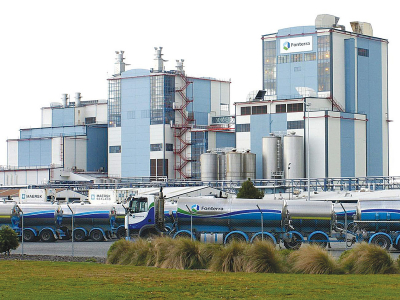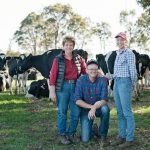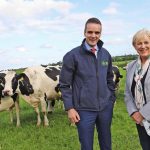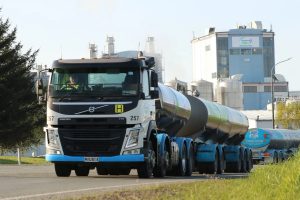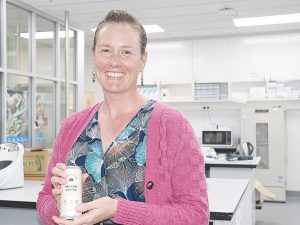
The co-op said last week that it will reduce its reliance on coal as a target in its bid for greater sustainability.
These targets include reducing emissions by 30% across all plants by 2030, achieving net zero emissions by 2050 and reducing water use by 20% across all sites by 2020.
The co-op also wants each of its farmers to have a farm environment plan by 2025 and 100% recyclable, reusable and compostable packaging by 2025.
It will also power its Stirling site in Otago with electricity rather than coal.
Robert Spurway, chief operating officer for global operations, says sustainability “will be at the heart of everything we do”.
“As part of this, we want to step up our efforts to help New Zealand transition to a zero carbon economy.”
Spurway says getting out of coal is not as easy as flicking a switch but requires a “staged approach”.
“We’re determined to go as fast as we can but there are practical challenges to overcome.
“For example, NZ’s energy infrastructure in some regions isn’t set up to handle our requirements.
“Either there aren’t alternatives to coal available or, if there are, they are not at the scale needed.
“There are also cost challenges. Transitioning to cleaner fuels will require more investment.”
Spurway says Fonterra needs to balance this with remaining competitive and its “staged approach”.
“We know we can’t do it alone. More can be achieved in partnerships and business working together, like the Climate Leaders Coalition and Sustainable Business Council, to find ways to achieve a zero carbon economy.”
Fonterra’s plants are on track to meet its targets to reduce emissions by 30% across all operations by 2030 and achieve net zero by 2050.
Fonterra has 32 sites NZ-wide, with about 40% of processing energy from coal. The rest is from natural gas, electricity and wood.
